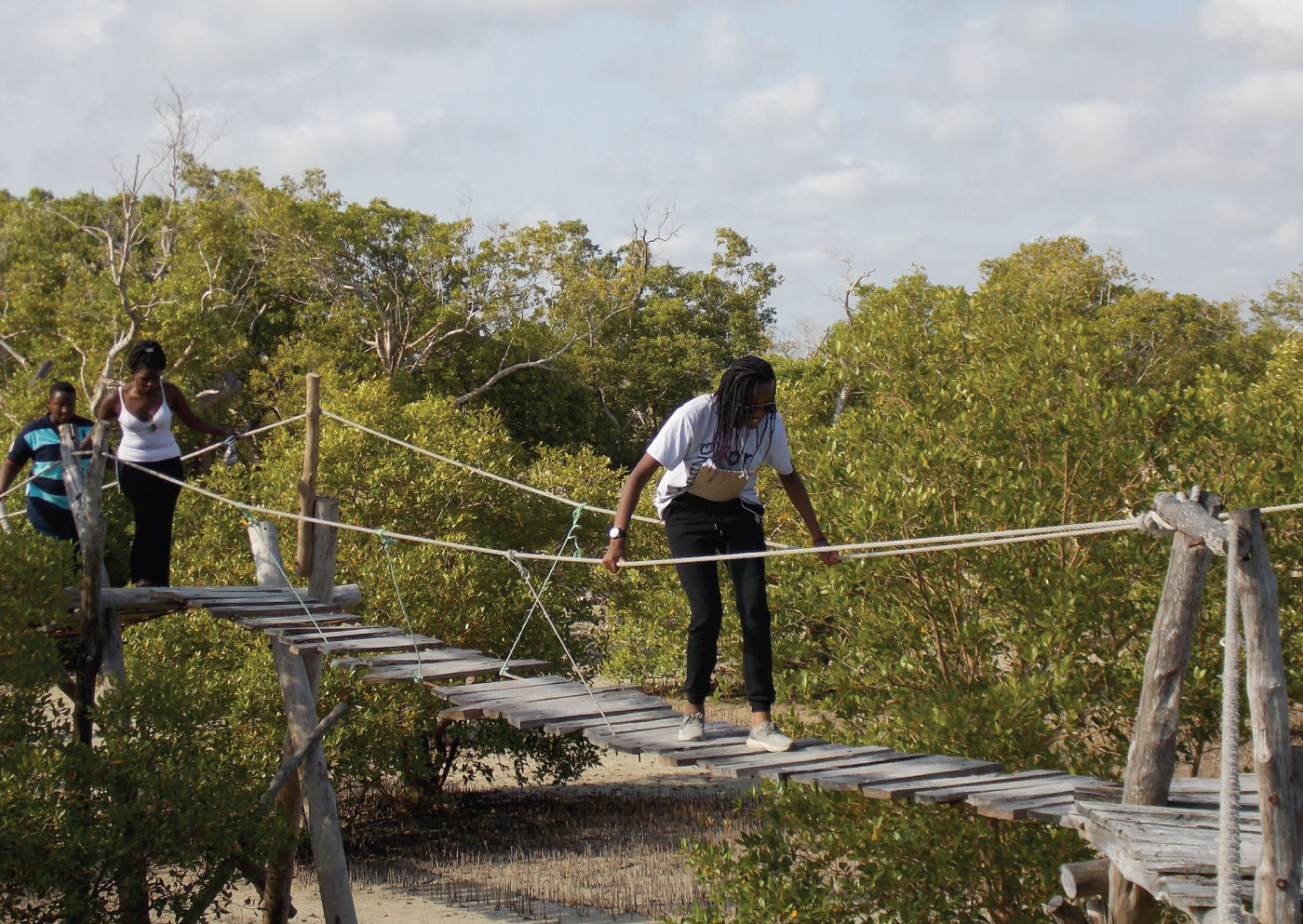Why the Diploma in Wildlife and Tourism Management?
The world is experiencing a conservation crisis – animals and plants face extinction through habitat loss, over-exploitation, pollution, disease, invasive species and global climate change. Yet we know that wildlife and biodiversity are vital for human survival. This creates a need to have a pool of professionals with the right knowledge and skills to reverse this global loss of biodiversity.
Course Description
The diploma programme in wildlife conservation and tourism management provides comprehensive training in natural science aspects of conservation together with training in the human dimensions of conservation. Further, has an aspect of tourism management that combines the application of wildlife conservation and tourism principles for sustainable management of wildlife-based tourism.
Apart from wildlife conservation and tourism based courses, the programme has been enriched with management and entrepreneurial units that will enable the trainees ventured into salaried employment or self-employment. The output of this programme are graduates who will have the ability to work as conservationists, nature interpreters, tour operators and research assistants in wildlife and tourism based areas.
Uniqueness of the course
The programme aims at producing highly, but broadly inter-disciplinary oriented professionals in aspects of wildlife conservation and tourism management. On this diploma programme students will analyze the facts and gain an understanding of where we have come from and where we are now, putting them in a great position to offer innovative ways forward.
Course Duration
The programme is designed to have 2970 hours. The trainee spends 2310 hours in the institution and 660 hours in internship and project work. The course is structured in five semesters distributed in two (2) calendar years.
Entry Requirements
A trainee entering this course should have any of the following minimum requirements:
- Must have attained a minimum of C- (C minus) in KCSE or its equivalents
- O-level certificate with minimum grade of Division III or equivalent plus evidence of relevant academic or professional training.
- A-level qualification with a minimum of 1 principal pass or 3 subsidiaries with at least D+ in KCSE or equivalent.
- Must have done a certificate in wildlife conservation and tour guiding at wildlife clubs of Kenya – Centre for tourism training research (WCK –CTTR) or a relevant certificate from other college recognized by WCK – CTTR education board and attained at least a distinction or credit grades at the certificate level.
- Any other recognized qualification.
After completion of the diploma, then what?
This is a rather irritating question that many diploma graduates find difficulties in responding to comfortably and adequately. This particular diploma programme has been designed to be precursor for higher level training in wildlife and tourism management courses at the university. There is a plethora of degree programmes that one can join to further quench their thirst for high level knowledge in wildlife conservation and tourism management fields. Some of the relevant degree programmes that one can enroll to include: natural resources management, wildlife management, rangeland management, dry land resources management, environmental management, tourism management, travel and tour operations among others.
